The Avenue of the Baobabs: Photography Tips and Cultural Significance
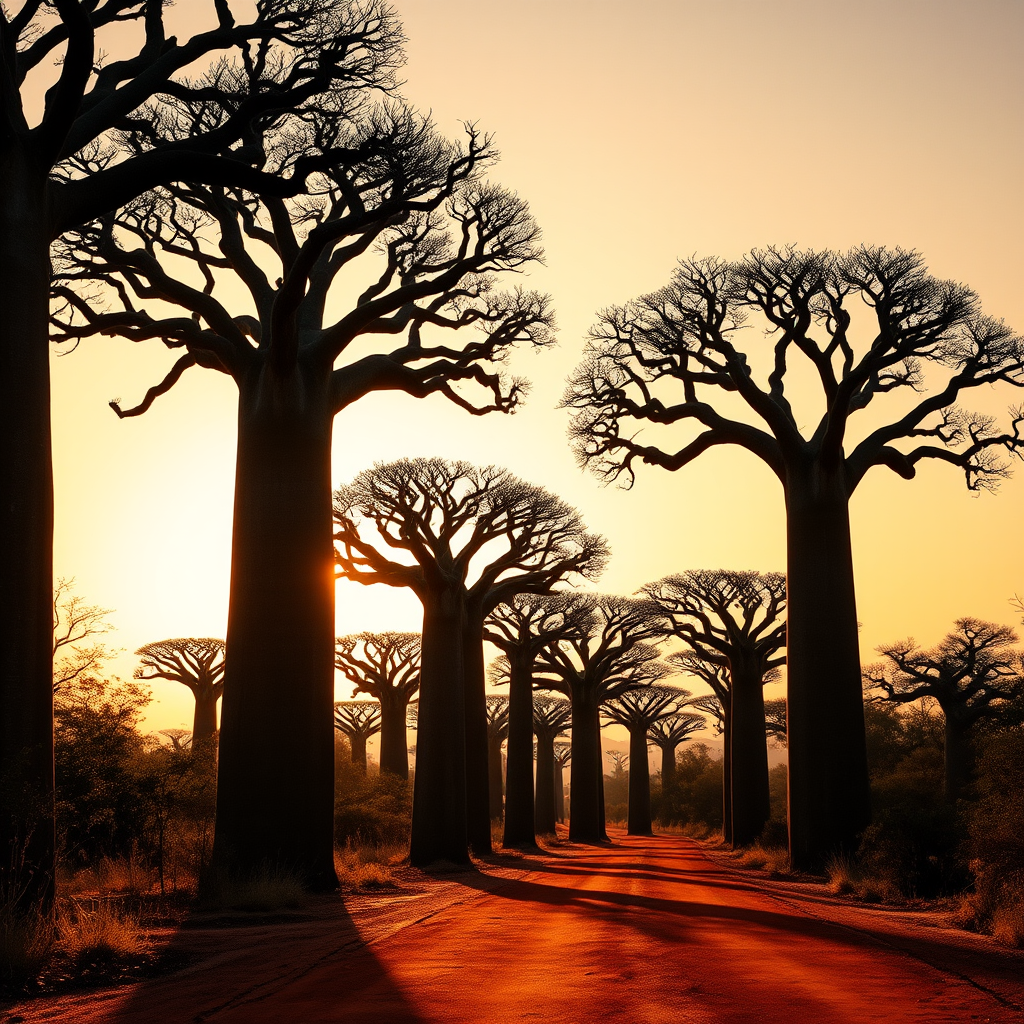
Madagascar's Crown Jewel: An Introduction to the Avenue of the Baobabs
The Avenue of the Baobabs stands as Madagascar's most photographed and visited natural wonder, drawing travelers from around the world to witness these magnificent trees that have stood sentinel for centuries. Located along the dirt road between Morondava and Belon'i Tsiribihina, this collection of ancient Grandidier's baobabs (Adansonia grandidieri) represents one of the most important places to visit in Madagascar.
These towering giants, some reaching heights of 30 meters with trunks up to 3 meters in diameter, are living monuments to Madagascar's unique evolutionary history. As endemic species found nowhere else on Earth, they serve as powerful symbols of the island's extraordinary biodiversity and the urgent need for conservation in Madagascar tourism.
Golden Hour Magic: Timing Your Photography Session
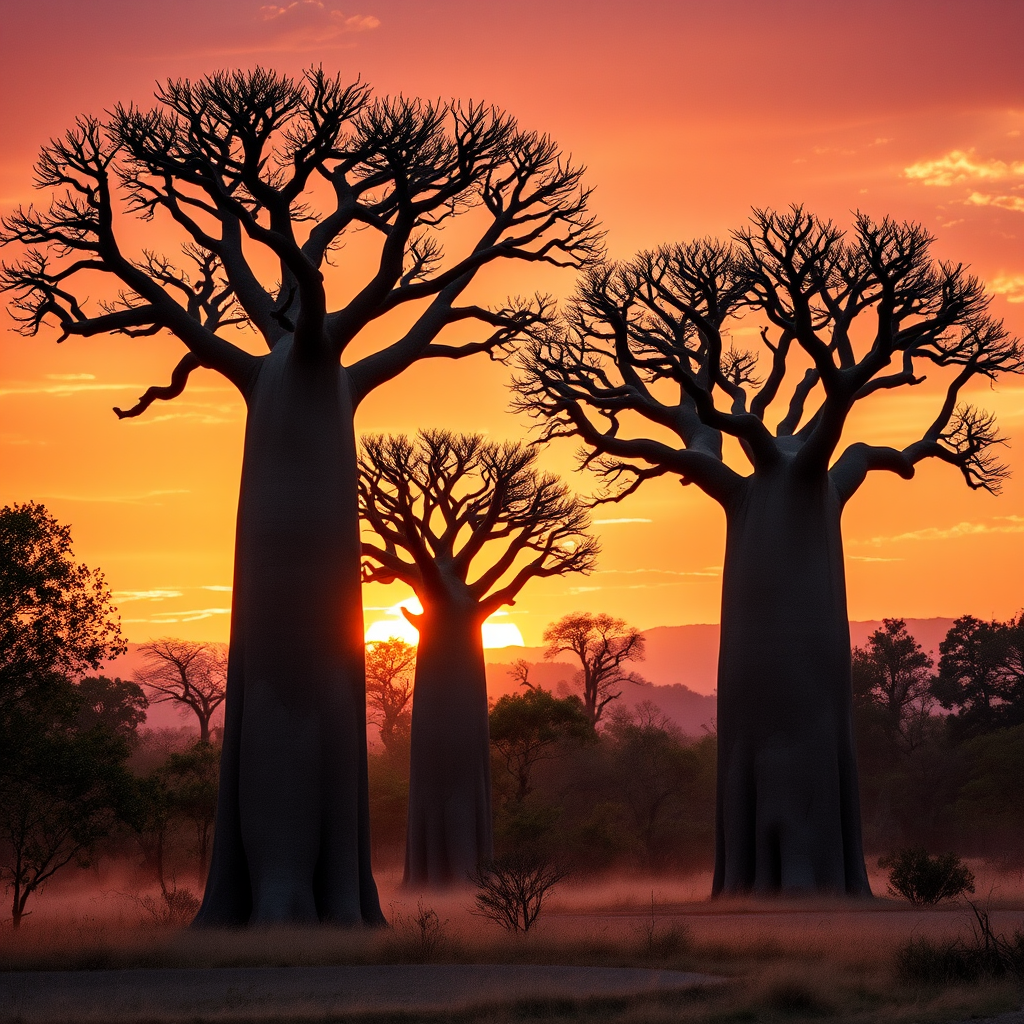
Sunrise Photography (5:30 AM - 6:30 AM)
The early morning hours offer the most serene and mystical atmosphere for photographing the baobabs. Arrive at least 30 minutes before sunrise to set up your equipment and witness the gradual transformation of the landscape as the first light illuminates these ancient sentinels.
- Cooler temperatures for comfortable shooting
- Fewer crowds and peaceful atmosphere
- Soft, diffused lighting ideal for detail shots
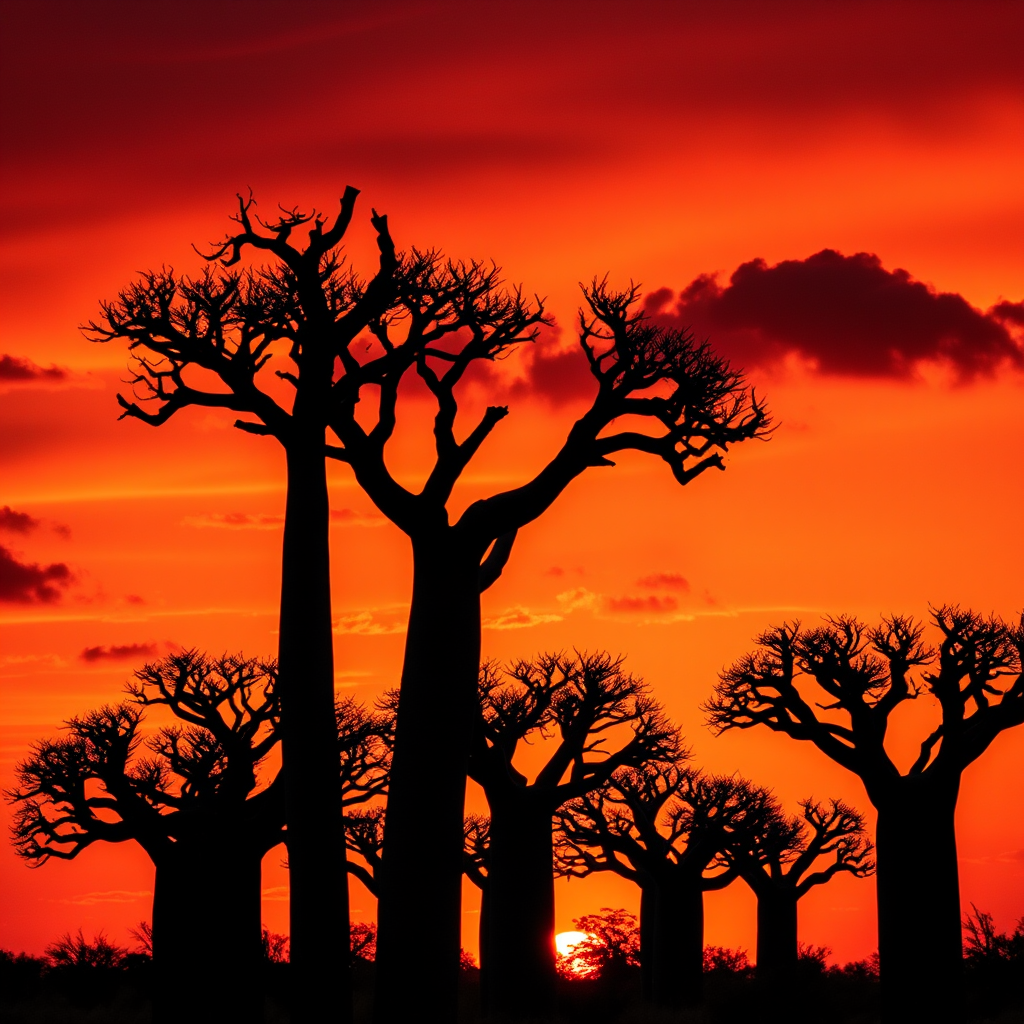
Sunset Photography (5:00 PM - 6:30 PM)
The golden hour before sunset transforms the Avenue of the Baobabs into a photographer's paradise. The warm, low-angle light creates stunning silhouettes and brings out the rich textures of the tree bark while painting the sky in brilliant oranges and reds.
- Dramatic silhouettes against colorful skies
- Warm, golden light enhances textures
- Perfect for wide-angle landscape shots
Professional Composition Techniques
Essential Camera Settings
Composition Strategies
The Avenue of the Baobabs offers numerous compositional opportunities that can elevate your photography from simple snapshots to compelling artistic statements. Understanding how to frame these magnificent trees within their landscape context is crucial for creating impactful images.
Wide-Angle Perspectives
Use a wide-angle lens (14-24mm) to capture the full majesty of multiple baobabs in a single frame. Position yourself low to the ground to emphasize the imposing height of these ancient giants while including interesting foreground elements like the red earth road or scattered rocks.
Telephoto Isolation
A telephoto lens (70-200mm) allows you to isolate individual trees and compress the perspective, creating intimate portraits of these remarkable specimens. This technique is particularly effective for highlighting the unique character and texture of each baobab's trunk.
Cultural Significance and Malagasy Legends
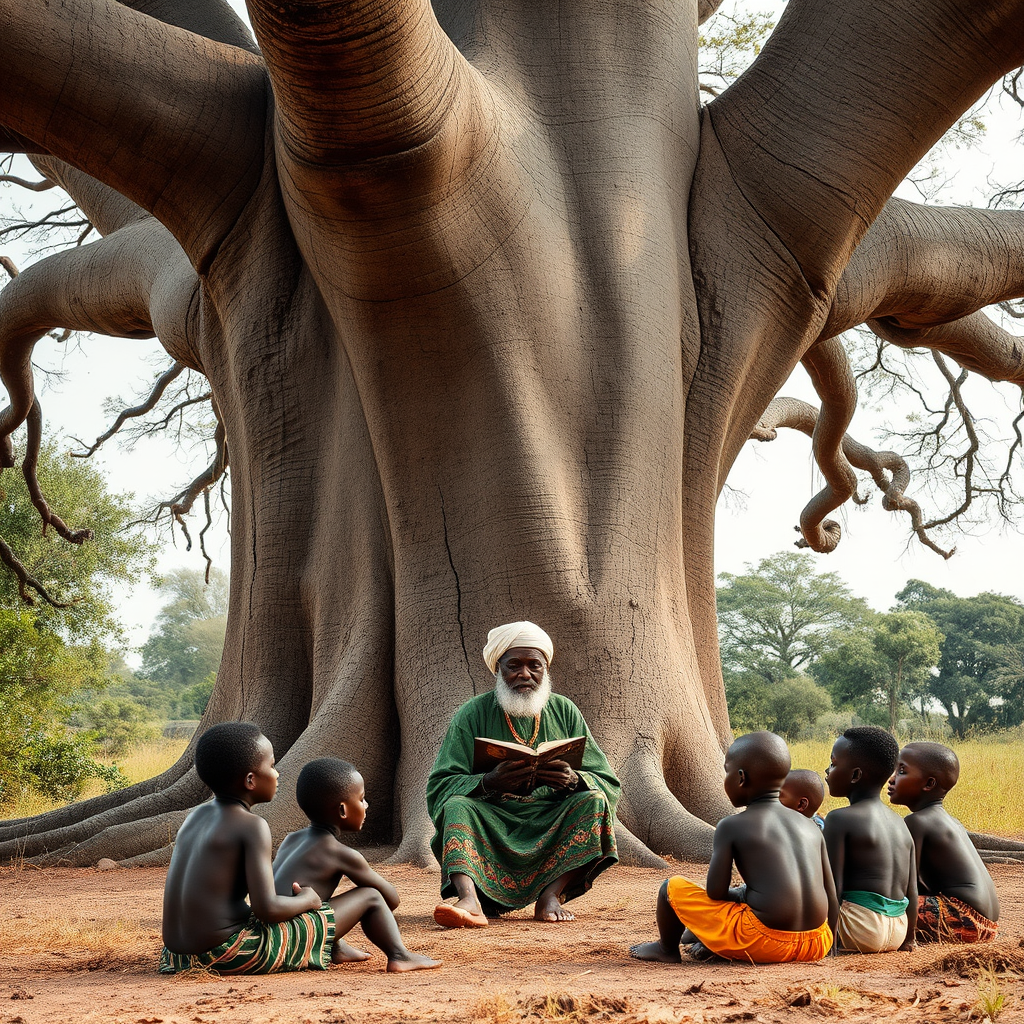
For the Malagasy people, baobab trees are far more than photogenic subjects—they are sacred beings deeply woven into the cultural and spiritual fabric of Madagascar. Understanding this cultural context enriches both your photography experience and your appreciation for these remarkable trees as living monuments to Malagasy heritage.
The Legend of the Upside-Down Trees
According to Malagasy folklore, the gods became angry with the baobab trees for their vanity and pride. As punishment, they uprooted the trees and replanted them upside-down, with their roots reaching toward the sky. This legend explains the distinctive appearance of baobabs, whose bare branches during the dry season resemble an intricate root system stretching heavenward.
Sacred Gathering Places
Traditionally, baobab trees serve as community gathering places where elders share stories, conduct ceremonies, and pass down oral traditions to younger generations. The hollow trunks of older baobabs have been used as meeting spaces, storage areas, and even temporary shelters, making them integral to rural Malagasy life.
Cultural Photography Ethics
When photographing the Avenue of the Baobabs, remember that you're documenting sacred spaces. Always show respect for local customs, ask permission before photographing people, and consider how your presence might impact these culturally significant sites.
Conservation Efforts and Environmental Challenges
The Avenue of the Baobabs faces significant environmental pressures that threaten these 800-year-old giants. Climate change, deforestation, and human encroachment pose serious challenges to the survival of these irreplaceable natural monuments. Understanding these conservation issues is crucial for responsible Madagascar tourism.
Current Threats
- Agricultural expansion reducing habitat
- Climate change affecting rainfall patterns
- Tourism pressure on fragile ecosystems
- Limited natural regeneration of young trees
Protection Initiatives
- Government designation as protected monument
- International conservation partnerships
- Community-based conservation programs
- Sustainable tourism development projects
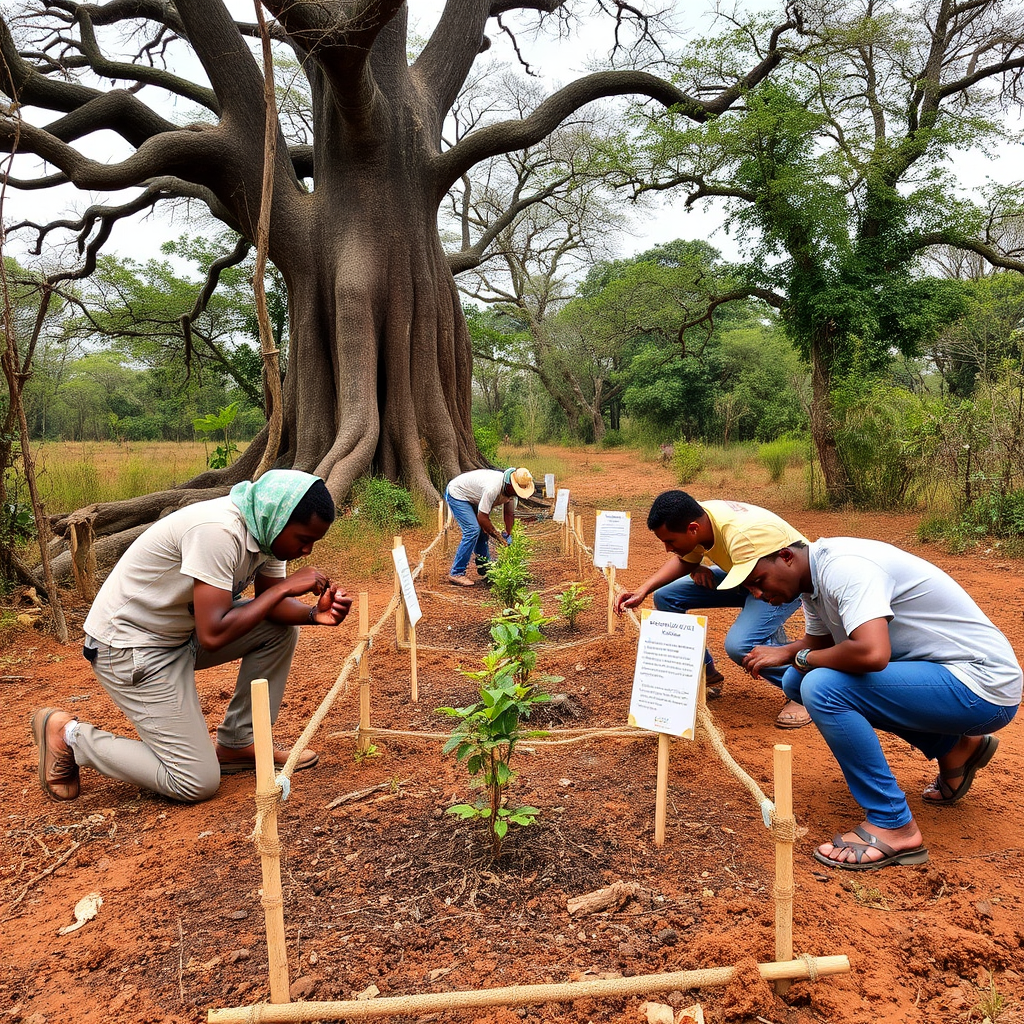
How Tourism Supports Conservation
Responsible Madagascar tourism plays a vital role in protecting the Avenue of the Baobabs and supporting local communities. When managed sustainably, tourism revenue provides economic incentives for conservation while raising global awareness about the importance of preserving these natural treasures.
Economic Impact on Local Communities
Tourism to the Avenue of the Baobabs generates significant income for local Malagasy communities through guide services, accommodation, transportation, and handicraft sales. This economic benefit creates a direct link between conservation success and community prosperity, encouraging local participation in protection efforts.
Responsible Photography Practices
- Stay on designated paths to prevent soil erosion
- Avoid climbing on or damaging tree roots and bark
- Pack out all trash and leave no trace
- Support local guides and community initiatives
- Share conservation messages through your photography
Planning Your Visit: Practical Photography Tips
Best Seasons for Photography
The dry season (April to October) offers the most favorable conditions for photographing the Avenue of the Baobabs. During this period, the trees are leafless, creating dramatic silhouettes, while clear skies provide optimal lighting conditions for both sunrise and sunset photography.
- April-June: Ideal weather, fewer crowds
- July-September: Peak season, excellent conditions
- October: Hot but still good for photography
Essential Equipment
- Wide-angle lens (14-35mm) for landscapes
- Telephoto lens (70-200mm) for details
- Sturdy tripod for low-light conditions
- Graduated neutral density filters
- Extra batteries and memory cards
- Headlamp for early morning setup
Important Safety Considerations
The Avenue of the Baobabs is located along an unpaved road that can become challenging during rainy season. Always travel with a reliable guide, inform others of your plans, and carry sufficient water and sun protection. The area has limited facilities, so come prepared for basic conditions.
Beyond the Avenue: Exploring Madagascar's Baobab Heritage
While the Avenue of the Baobabs remains the most famous location, Madagascar is home to six endemic baobab species scattered across the island. Each species offers unique photographic opportunities and cultural significance, making them essential places to visit in Madagascar for nature photographers and cultural enthusiasts.
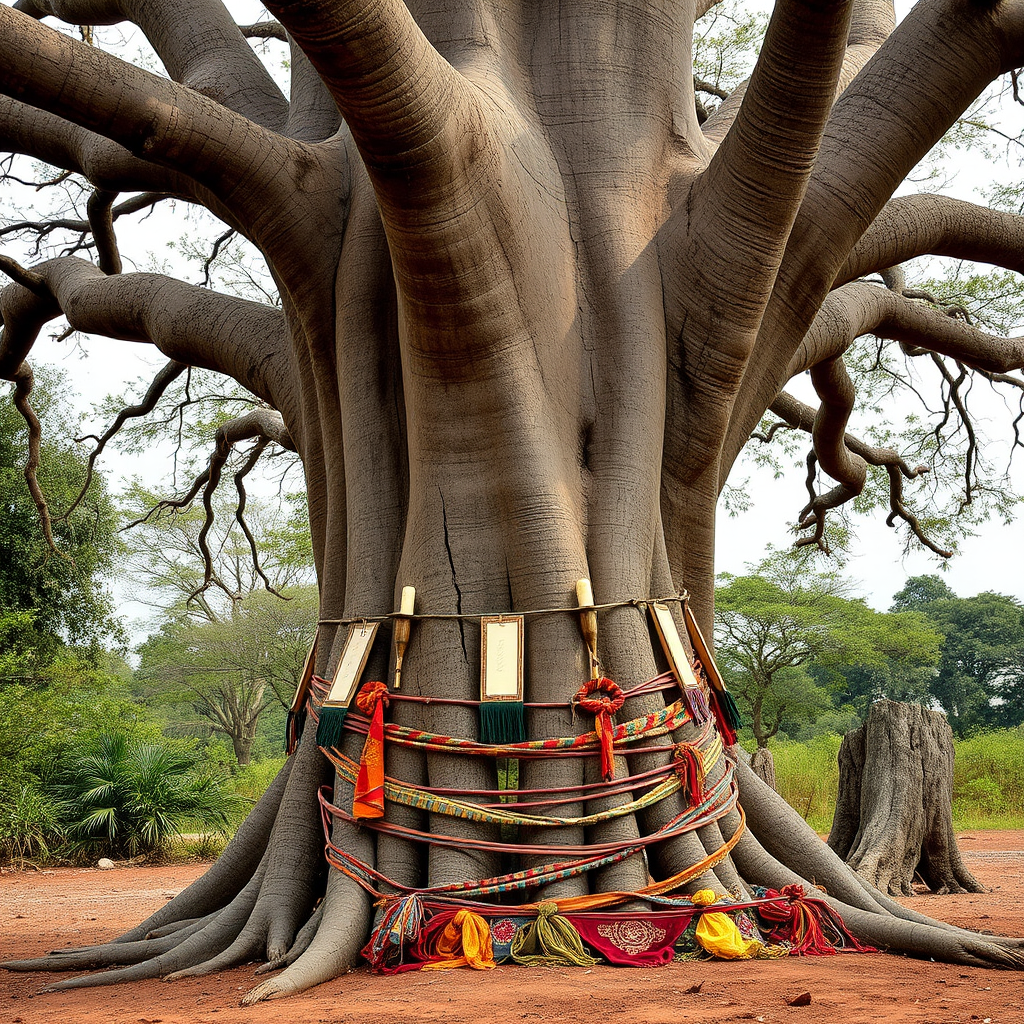
Sacred Baobabs
Many baobabs throughout Madagascar are considered sacred sites where traditional ceremonies and spiritual practices take place.
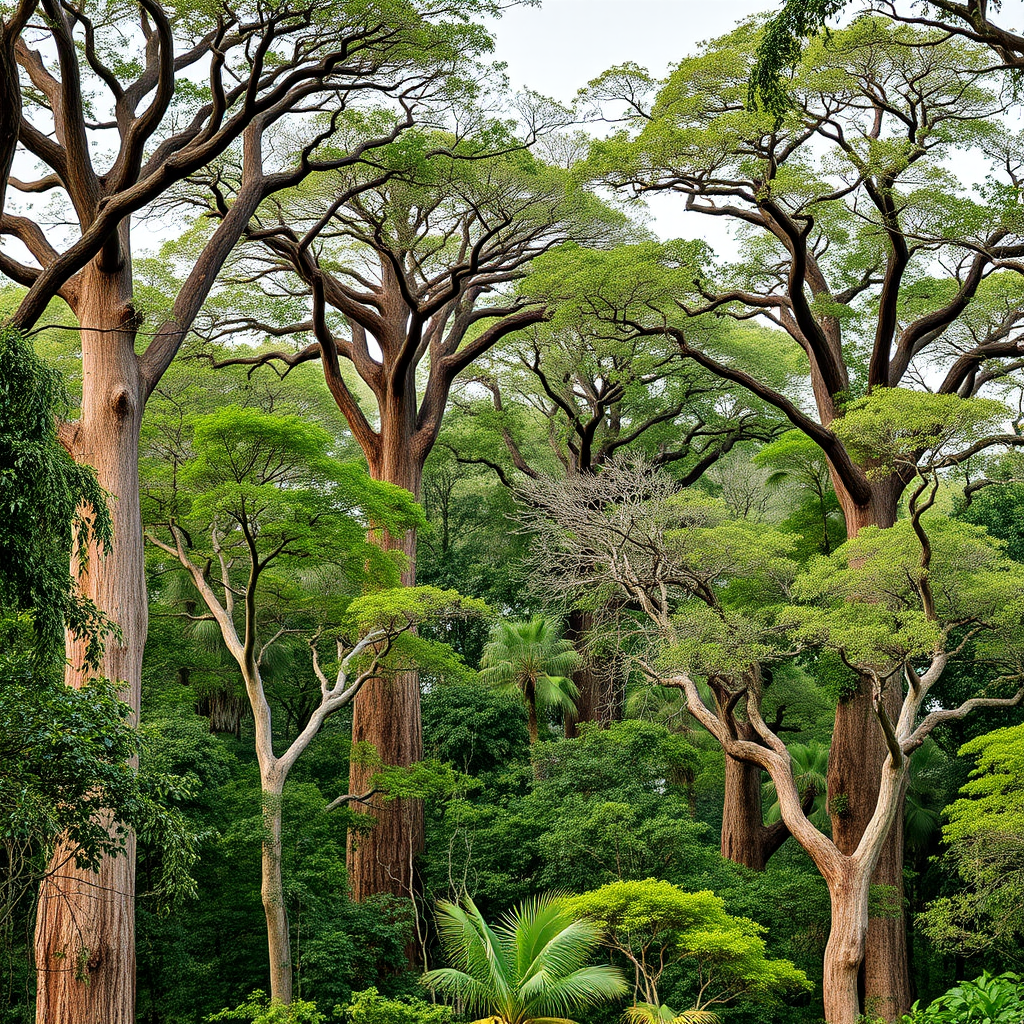
Baobab Forests
Remote forests contain clusters of different baobab species, offering opportunities to photograph Madagascar's botanical diversity.
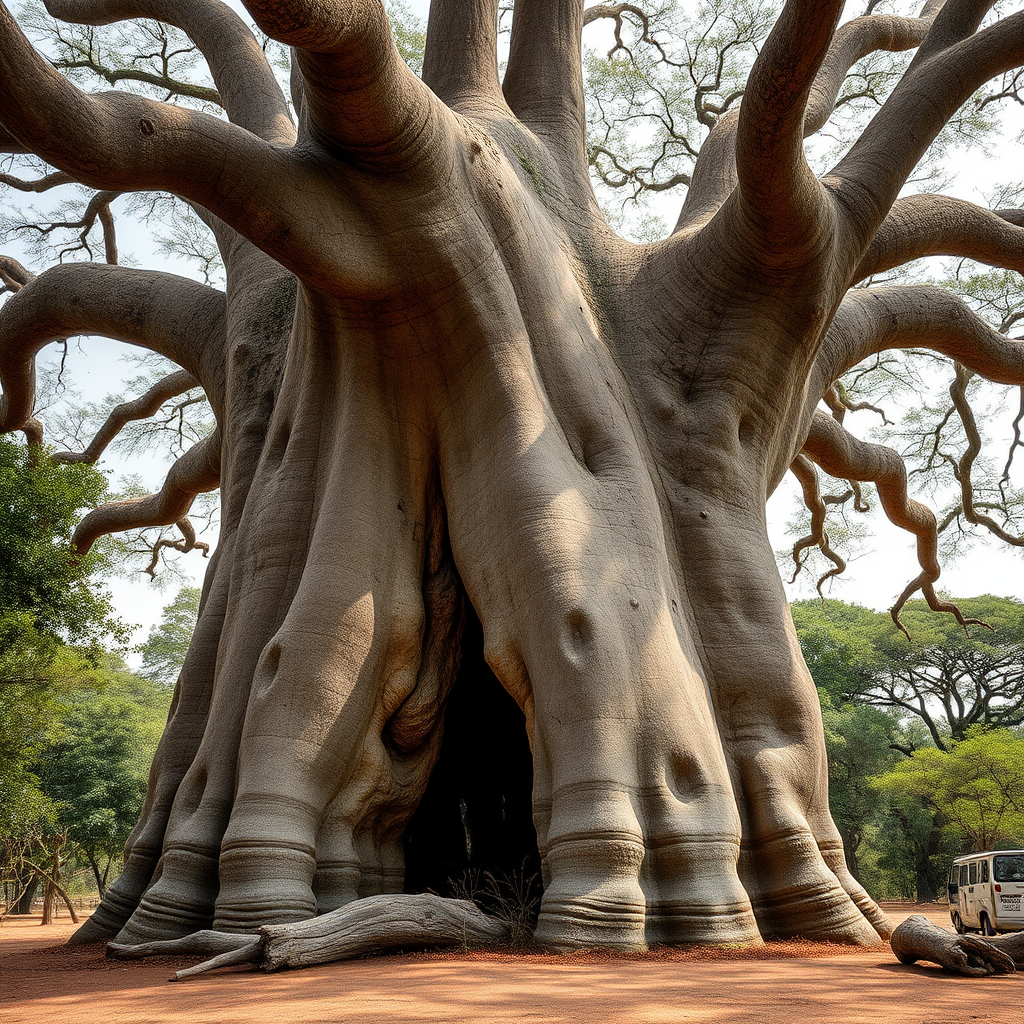
Ancient Giants
Some baobabs are over 1,000 years old, with hollow trunks large enough to shelter entire families during storms.
Preserving Memories and Supporting Conservation
Your photographs of the Avenue of the Baobabs serve as more than personal memories—they become powerful tools for conservation awareness and cultural preservation. By sharing your images responsibly and supporting local conservation initiatives, you contribute to protecting these magnificent trees for future generations.
Sharing Your Photography Responsibly
- Include conservation messages with your images
- Credit local guides and communities
- Promote responsible Madagascar tourism practices
- Support organizations working to protect baobabs
- Educate others about Malagasy culture and traditions
The Avenue of the Baobabs represents more than just one of Madagascar's most photogenic locations—it embodies the intersection of natural wonder, cultural heritage, and conservation urgency. As you capture these ancient giants through your lens, remember that you're documenting living monuments that have witnessed centuries of Malagasy history and will hopefully continue to inspire future generations of photographers and nature lovers.
Whether you're drawn by the challenge of capturing the perfect golden hour silhouette or fascinated by the rich cultural stories these trees hold, the Avenue of the Baobabs offers an unforgettable experience that combines technical photography skills with deep cultural appreciation. Through responsible tourism and thoughtful documentation, we can ensure that these magnificent trees continue to stand as symbols of Madagascar's unique natural and cultural heritage.